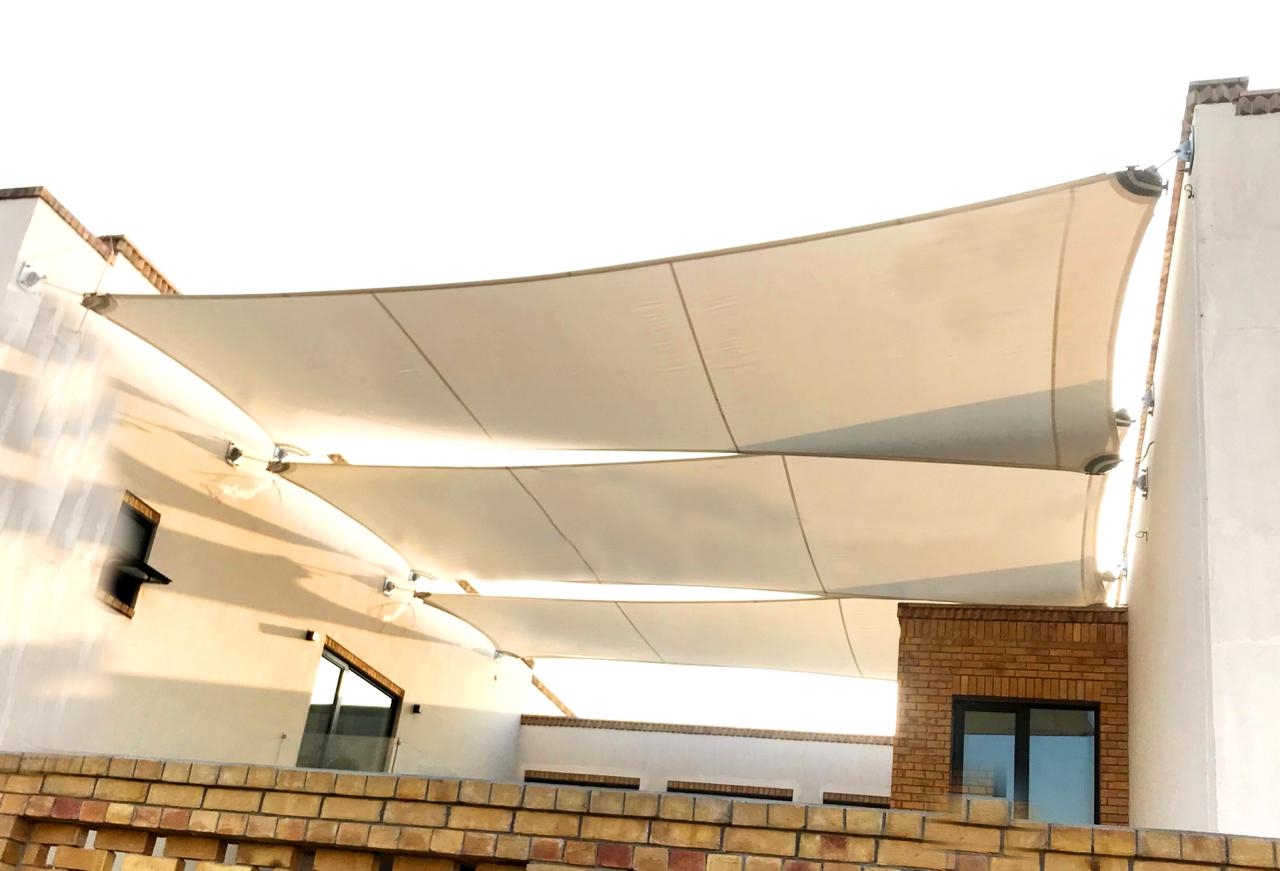Light Weight and Low Carbon Foot Print Construction in Pakistan

Lightweight structures and low-carbon footprint buildings are gaining traction in Pakistan due to their potential for sustainable and cost-effective construction. These innovative building methods prioritize minimizing environmental impact while ensuring structural integrity and functionality.
Lightweight Structures:
Lightweight structures utilize materials and construction techniques that reduce the overall weight of the building without compromising strength. Some common lightweight materials used in Pakistan include:
- Steel:Steel frames offer high strength-to-weight ratio, durability, and flexibility in design.
- Timber:Sustainably sourced timber is a renewable resource with excellent insulation properties and a lower embodied carbon footprint compared to traditional materials like concrete.
- Bamboo:Bamboo is a fast-growing, versatile material with high tensile strength, making it suitable for various structural applications.
Low Carbon Footprint Buildings:
Low carbon footprint buildings aim to reduce greenhouse gas emissions throughout their lifecycle, from construction to demolition. Key strategies include:
- Energy Efficiency: Incorporating energy-efficient design principles, such as passive solar heating and cooling, natural ventilation, and insulation, can significantly reduce operational energy consumption.
- Renewable Energy Integration:Integrating renewable energy sources like solar panels and wind turbines can offset a building's energy demand and further reduce its carbon footprint.
- Sustainable Materials: Utilizing locally sourced, recycled, or low-embodied carbon materials minimizes transportation emissions and supports a circular economy.
- Water Conservation: Implementing water-efficient fixtures and rainwater harvesting systems reduces water consumption and reliance on municipal supply.
Benefits of Lightweight and Low-Carbon Buildings in Pakistan:
- Reduced Environmental Impact: These buildings contribute to mitigating climate change by lowering greenhouse gas emissions and resource consumption.
- Cost Savings: Energy-efficient designs and the use of sustainable materials can lead to significant cost savings on operational expenses over the building's lifetime.
- Faster Construction: Lightweight materials and prefabricated components often allow for faster construction timelines compared to traditional methods.
- Resilience: Lightweight structures can be designed to withstand seismic activity and other natural disasters more effectively.
Challenges and Considerations:
- Cost of Materials: Some lightweight and sustainable materials may have higher upfront costs compared to conventional options. However, their long-term cost benefits and potential government incentives can offset these initial expenses.
- Technical Expertise: Designing and constructing lightweight and low-carbon buildings may require specialized knowledge and skills, necessitating collaboration with experienced professionals.
- Regulatory Framework: The development of clear building codes and regulations for lightweight and low-carbon construction can streamline the adoption of these practices in Pakistan.
CRUX:
Lightweight structures and low-carbon footprint buildings offer a promising path toward a more sustainable and resilient built environment in Pakistan. By embracing innovative design and construction methods, the country can address its growing housing needs while minimizing its ecological impact.
- Industry
- Art
- Causes
- Crafts
- Dance
- Drinks
- Film
- Fitness
- Food
- Juegos
- Gardening
- Health
- Home
- Literature
- Music
- Networking
- Other
- Party
- Religion
- Shopping
- Sports
- Theater
- Wellness
- News


